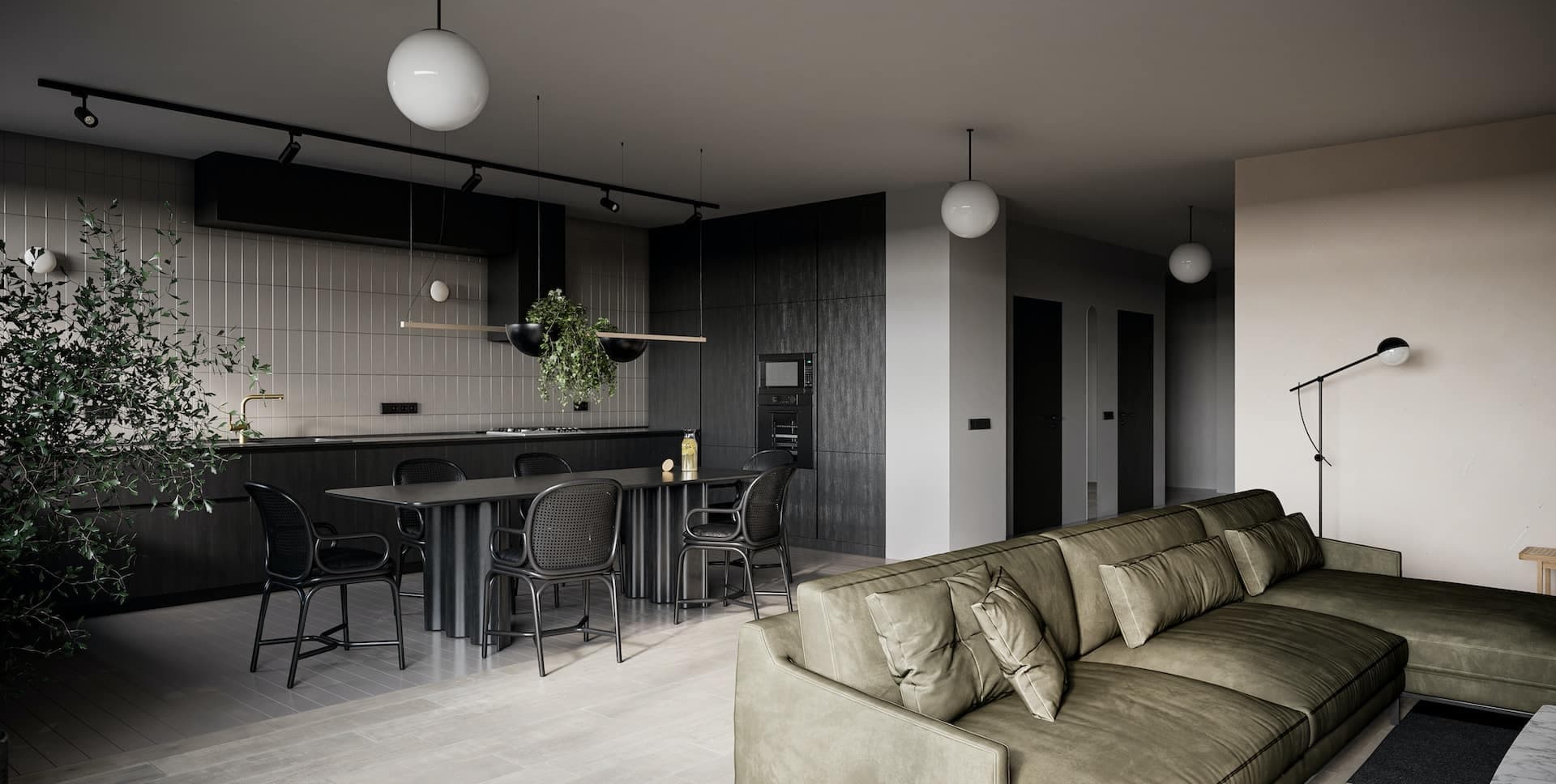Queen’s Park located on the boundary between the London Borough of Brent and the City of Westminster. The neighbourhood near Kensal Green was developed from 1875 and was named to honour Queen Victoria. The open space opened in 1887, located to the north, also shares the name.

The part of Queen’s Park which is in the City of Westminster is south of Queen’s Park station and hence south of the railway line out of Euston. It includes the Queens Park Estate, built from 1874 by the Artisans, Labourers & General Dwellings Company. The architecture of that estate of some 2,000 small houses is distinctively Gothic-revival, with polychrome brickwork, pinnacles and turrets along the bigger roads. It retains Avenues 1-6 and originally had streets A-P. The street names have been made into full words, (Alperton Street, Barfett Street, Caird Street, Droop Street, Enbrook Street, Farrant Street, Galton Street, Huxley Street, Ilbert Street, Kilravock Street, Lothrop Street, Marne Street, Nutbourne Street, Oliphant Street, Peach Street). It was on this estate that the first QPR footballers had their homes. It stretches from Kilburn Lane down to the Harrow Road.
The northern half of Queen’s Park was developed by developer Solomon Barnett, who developed much of Kilburn. The two-story terraced houses east of the park, developed between 1895 and 1900, typically have clean, classical lines. Those west of the park, developed between 1900 and 1905, tend to be more Gothic in style. Barnett’s wife was from the West Country, and many of the roads he developed are named either for places she knew (e.g. Torbay, Tiverton. Honiton) or popular poets of the time (e.g. Tennyson). The first occupants of the area in late Victorian times were typically lower middle class clerical workers, school-teachers, insurance company employees and bank clerks.
During the post-war years, the northern half of Queen’s Park had a relatively high proportion of bedsits (one-room rentals) amongst its terraced streets. However, over the past 20 years a large proportion of these multi-occupancy properties have been converted back to single family use. The main shopping streets of Salusbury Road and Chamberlayne Road have fewer convenience stores and more high-value shops and restaurants than previously, a trend that began with the opening of The Organic Cafe restaurant and Worldy Wicked and Wise home ware and gift shop in the mid-90s. Local schools – some of which struggled to attract the children of wealthier local families in the past – are now over-subscribed. House prices have risen accordingly, with the common selling prices for 3/4 bedroom terraced houses to the east of the Park (land values are slightly lower on the west hand side of the park, closer towards Kensal Rise) having recently surpassed £1,000,000, whilst larger 5-7 bedroom houses overlooking the park on the east side sell for millions. The area is still relatively undiscovered by non-residents, although it is extremely popular for its proximity to central London by direct London Underground link.
Queen’s Park is now managed by the City of London Corporation. It has recently been named a Green Flag Park in recognition of the quality of its services and environment. Facilities in the park include six all-weather tennis courts, a pitch-and-putt course, a pétanque pitch, an ornamental garden, a children’s playground with paddling pool, a children’s animal farm and a cafe.
Salusbury Road has an increasing number of shops, pubs, cafes and restaurants. The Queen’s Park Farmers’ Market, which operates on Sunday mornings in the grounds of Salusbury Primary School on Salusbury Road, draws people from across north west London to stock up on locally grown/produced produce.
